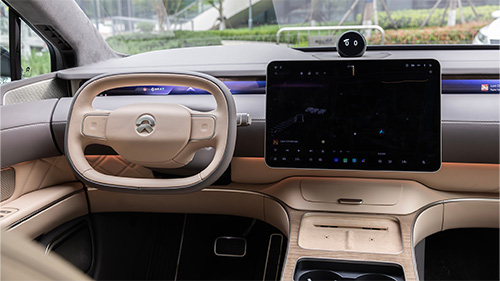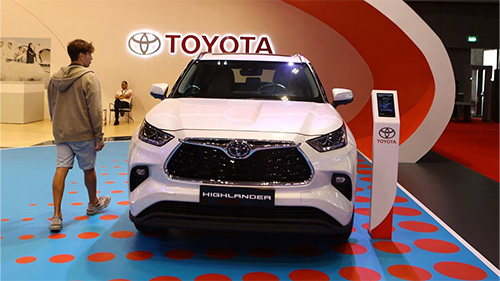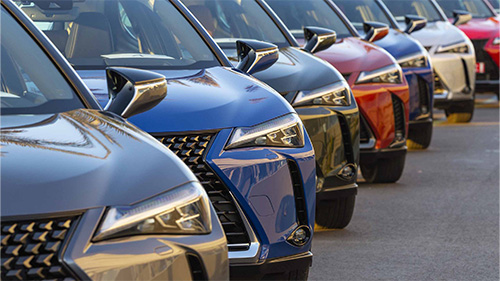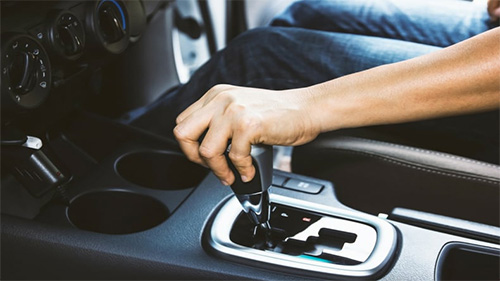Is Nio’s ET9 Yoke Safer Than Tesla’s?

Nio’s claim that its ET9 flagship features an aircraft-level, three-layer redundant steer-by-wire yoke raises a bold question: has Tesla matched this rigor in its Cybertruck system?
Steer-by-wire removes the mechanical link between steering inputs and road wheels, replacing it with electronic signals. One major advantage is driver customizability—Nio’s ET9 filters over 80% of road vibration and shifts steering feel from soft to sporty. At low speeds, just a 0.6-turn lock-to-lock improves agile maneuvering, while the same system delivers stability on highways.
In December 2024, Nio became the first Chinese business to be approved for mass manufacturing of steer-by-wire. The ET9 employs dual power supplies, communication buses, controllers, and sensors—essentially a four-layer redundancy—boasting a remarkably low failure rate of around 4.5 FIT (one failure every ~25,000 years). This system also provides up to 153 mm of steering column movement, enabling more ergonomic cabin design.
Due to its complete reliance on steer-by-wire, Tesla's Cybertruck is the first production vehicle in the world without a mechanical steering column. Its system uses dual motors in the steering rack—one powered by the high-voltage battery and the other by a 48 V circuit—and triple-position sensors that vote for accurate readings. Physical separation of controllers and communication networks further enhances fault tolerance. MotorTrend named the Cybertruck’s system “Best Tech 2025,” highlighting its variable steering ratio—from 5:1 at low speeds to 12:1 at highway speeds—and its uncanny agility.
In real-world use, the redundancy shows its worth: if one motor fails, the other still enables safe operation. As one Cybertruck owner expressed admiration for its steering and agility compared to other high-performance vehicles. Yet, some experts caution that automotive steer-by-wire lacks the extreme redundancy—such as quadruple-computer setups and independent harnesses—seen in aircraft, and there's inherent risk if software or electronic failsafes don’t operate perfectly.
In contrast, Nio’s approach focuses on thorough certification. Working with ZF, the ET9’s SkyRide system is officially mass-produced and features systems identical to those adopted in aviation. The redundancy spans every layer: power, communication, hardware, and software. Its digital chassis can improve comfort, minimize vibration, and enhance handling in slippery conditions—all while supporting L3+ autonomous features.
Ultimately, both systems reflect aerospace-grade thinking in automotive steering. Nio leans into formal certification, exhaustive redundancy, and statistical reliability. Tesla emphasizes real-world deployment, rapid iteration, and on-road presence. If structured validation and formal testing are your priority, Nio appears to have taken the safer—and more methodical—route. Tesla, meanwhile, offers bold, field-proven innovation that’s continually evolving in real time.
As steer-by-wire becomes the foundation of future autonomous driving, the Nio–Tesla rivalry sparks a compelling narrative: one founded on certification and structure, the other on speed and adaptability. Whether you value engineering rigor or pioneering boldness, both systems herald a new era in steering—and a thrilling future of digital driving.







